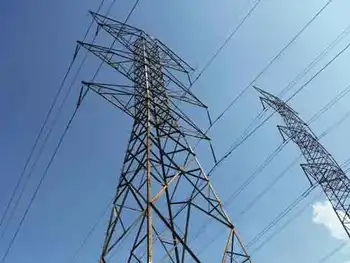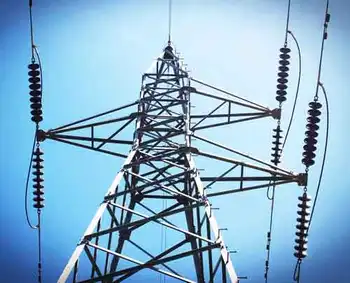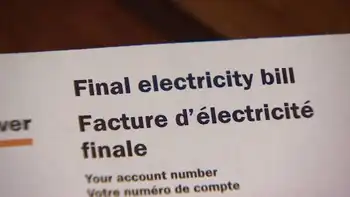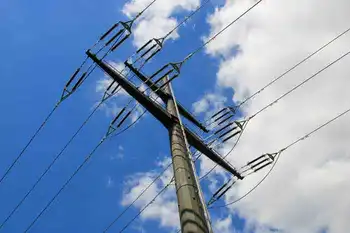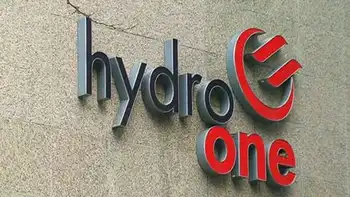AmerenUE suspends plans for second nuclear reactor
By Associated Press
NFPA 70b Training - Electrical Maintenance
Our customized live online or in‑person group training can be delivered to your staff at your location.

- Live Online
- 12 hours Instructor-led
- Group Training Available
The utility's announcement came a day after supporters of legislation designed to help it build a second reactor called it increasingly unlikely the bill would pass this year. Now, AmerenUE has asked legislative sponsors to withdraw both the House and Senate bills from consideration.
"We'll never rule out that something could happen again," AmerenUE president and CEO Thomas Voss said. "But we don't see it in the foreseeable future."
The construction project would have been the largest ever in Missouri. AmerenUE projected it would have created nearly 4,000 construction jobs at its peak. The plant itself would have employed about 1,200 workers.
AmerenUE applied last year with the federal Nuclear Regulatory Commission to build the second reactor at its Callaway County nuclear plant, about 25 miles northeast of the state Capitol, Jefferson City. But the company said that for the measure to move forward, lawmakers needed to repeal a 1976 law barring utilities from charging customers for certain costs of a new power plant before it starts producing electricity.
AmerenUE officials said without repeal of that law, it was unlikely they could amass sufficient private capital for the project. The Senate bill was aimed at allowing utilities to seek permission from the Public Service Commission to add financing costs onto electric bills while the plant is under construction.
"A large plant would be difficult to finance under the best of conditions, but in today's credit constrained markets, without supportive state energy policies, we believe getting financial backing for these projects is impossible," Voss said.
Lawmakers said negotiations broke down because of an unwillingness to compromise.
"It's unfortunate," said Sen. Kurt Schaefer, R-Columbia, who drafted an attempted compromise version of the Senate bill. "The construction of that plant would have benefited the state of Missouri on several fronts."
A House committee had approved its own version of the bill, but that hadn't moved either.
Democratic Gov. Jay Nixon said that putting Missouri in line for a nuclear plant "is a good thing. But with this economy at this time, repealing all of the consumer protections of CWIP... I don't think is the right thing to do."
The governor also criticized AmerenUE for failing to adjust its approach after it became apparent that strong legislative and public opposition would prevent the repeal of the 1976 "construction work in progress" law.
"Ameren's position never really shifted to the realities of the economy we face," Nixon said.
Consumer advocates and industrial energy users contended the legislation would have allowed utilities to sharply raise electrical rates, and would have eliminated regulatory protections. A coalition of business and senior groups called the Fair Electricity Rate Action Fund (FERAF) ran ads claiming residential utility rates could have risen by 40 percent.
"If and when Ameren is ever willing to enter into honest negotiations which don't imperil Missouri's energy consumers, we at FERAF will be happy to discuss their proposal further," said Gregg Keller of the Fair Electricity Rate Action Fund.
AmerenUE countered with TV ads of its own claiming the 40 percent figure was wildly exaggerated. Voss said that residential rates would have risen 1-3 percent annually, up to 12 1/2 percent during construction, then actually dropped once the plant was in operation.
Supporters said the state missed an opportunity.
"With energy prices rising, carbon taxes looming, and more than 85 percent of our state's energy coming from coal, Missouri has lost its chance to address our need for a balanced path to affordable base-load energy," said Irl Scissors, director of Missourians for a Balanced Energy Future.
Voss said that while energy usage has stagnated due to the economy, there remains a long-term need to meet demand that will grow in years to come. He said nuclear was the lowest-cost option.
Ultimately, he said, AmerenUE could no longer justify spending millions of dollars on a project that faced such an uphill battle.
"We put out a lot of money without an end in sight," Voss said. "We didn't know how we'd get across the finish line."





